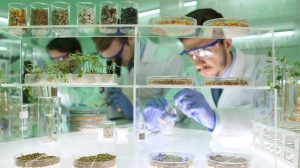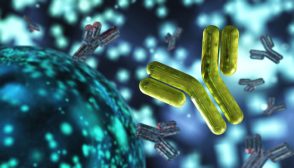Definition
noun
The innermost layer of the epidermis comprised of keratinocyes capable of proliferating by mitosis, melanocytes, Langerhans cells, and Merkel cells
Supplement
In animals, such as vertebrates, the epidermis is made up of four or five layers (each called stratum). These layers protect the underneath layers of the skin against physical damage, infection, and water loss. In humans, the epidermis consists of the following layers: (1) stratum corneum, (2) stratum lucidum, (3) stratum granulosum, (4) stratum spinosum, and (5) stratum basale or germinativum).
The stratum germinativum is a Latin term, which translates to germinative layer. This layer is composed of germinative (or basal) keratinocytes. These cells are actively dividing to provide new cells to replenish lost skin from normal shedding. Thus, they provide the keratinocytes (prickle cells) of the stratum spinosum, which later migrate through the other layers to the topmost layer (stratum corneum) of the skin. Other cellular elements found in the stratum germinativum are melanocytes (pigment-producing cells), Langerhans cells (immune cells), and Merkel cells (touch receptor cells).
The stratum germinativum is the layer of the epidermis that is closest to the basement membrane, which is a thin sheet of fibers between the epidermis and the dermis. Above the stratum germinativum is the stratum spinosum.
Synonyms:
- stratum basale
- stratum basale epidermidis
- stratum cylindricum
- basal cell layer
- palisade layer
See also:







